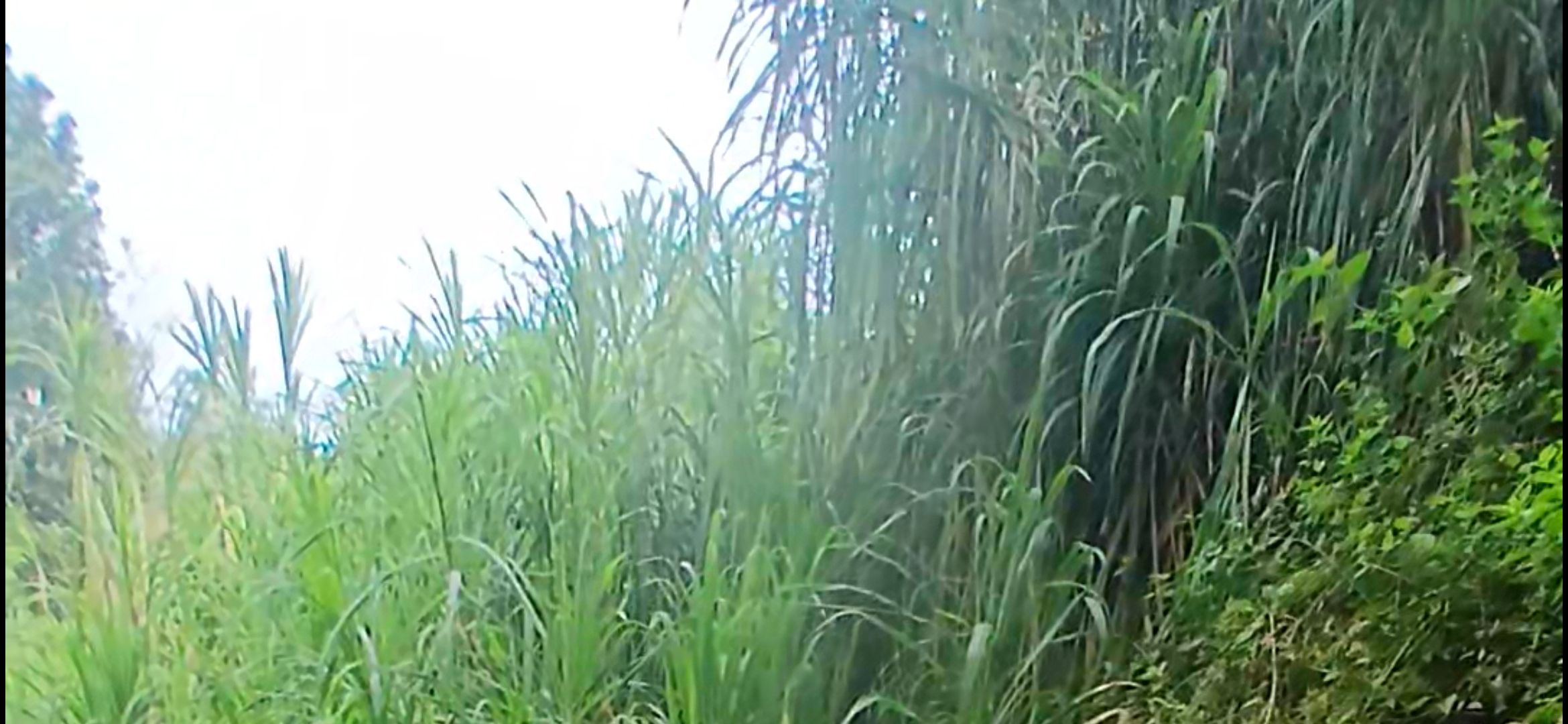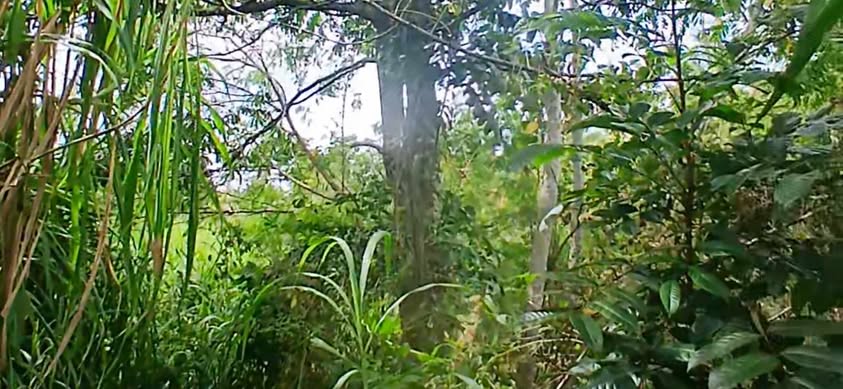West Cliff Section
In the myriad complexities of agricultural landscapes, certain corners remain cloaked in mystique, offering a gateway to nature’s hidden treasures. One such location on our farm is the West Cliff Section—a rugged expanse that, until recently, had remained largely untouched. We have not yet traversed. As we embarked on the mission to cut back the towering Napier grass. It had claimed our paths. We stumbled upon rich discoveries. Not only delighted they our senses but enriched our appreciation for the land that sustains us. This essay endeavors to delve into the experience of exploring the West Cliff, unravel the wonders we encountered, and reflect on the implications of these discoveries on our understanding of nature, agriculture, and even culture.
Starapple Tree
In addition to the agricultural implications, the starapple’s presence connects us to the broader cultural narrative of an indigenous food system. Fruits like the starapple are more than gastronomical delights. In contrast, they are parts of culinary history, woven into the fabric of regional cultures. Such fruits represent the bounty of our environment, foods often misunderstood outside their native contexts.
Undiscovered Fruits
Contemplating the culinary landscape of North America and Europe, one is reminded of the myriad flavors that remain undiscovered by many. Hence, the advent of globalization has integrated numerous exotic items into mainstream cuisines; however, the starapple—an exquisite delight bursting with subtle sweetness—has yet to find its rightful place. Advocating for awareness around such fruits offers an opportunity to enrich culinary experiences. Therefore it could promote diverse dietary habits.
Cutting Grass and Trail
My exploration of the West Cliff Section of our farm transcended a mere cutting of grass; it was a journey of discovery, reflection, and an affirmation of the intricate web of life that characterizes agricultural landscapes. Through the serendipitous find of the starapple tree, we have bolstered our understanding of biodiversity and its significance in sustainable agricultural practices.
The Perils of the Devils Hole
The perils faced near the Devil’s Hole reminded us of our responsibilities as custodians of the land, while the North Meadow Section represents hope and potential for future growth. Our experience compels us to look beyond our familiar terrain. Indeed, urging us to acknowledge and embrace the hidden treasures lurking in the wilderness of our land. All overall, this journey stands as a testament to the interconnections between ecology, culture, and agriculture—an intricate dance that shapes our existence and influences the legacy we leave behind.


